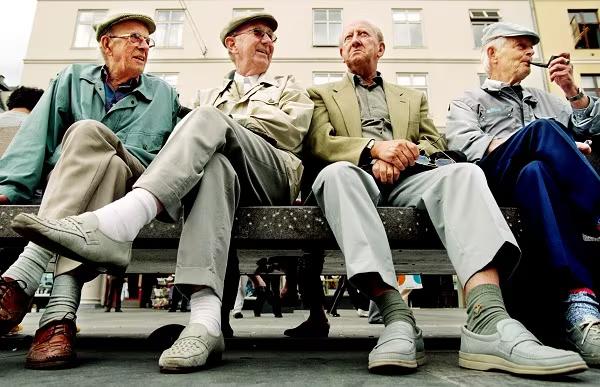New Zealand’s workforce continues to age, raising questions about whether there will be sufficient workers in the future to meet the economy’s needs. But changes in life expectancy have shifted working patterns for people over time, and it’s clear that more people are working longer.
We often field questions about workforce participation by age, and thought it timely to examine these trends to help inform the changing considerations around future workforce needs.
A greater proportion of labour market participants
Over the last 36 years that we have detailed labour market data for, the labour force participation rate (LFPR) has increased by around five percentage points, from 66.6% in the March 1987 year, to 71.6% in the March 2023 year.
Although the participation rate doesn’t get as much attention as the level of employment, wage inflation, or the unemployment rate, it remains an important metric that helps tell us how the workforce is changing. The LFPR is the number of people active in the labour force (employment and unemployed) divided by the working age population (which is the labour force plus those not in the labour force, like stay-at-home parents not looking for a job, or university students not looking for a job).
The increase in labour force participation over time is due to two key factors – an increase in female participation in the workforce, and the rise in older people working later in life.
Between 1987 and 2023, male participation in the workforce edged slightly lower, from 79.2% to 76.1%. However, female participation rose 12.5 percentage points from 54.7% in 1987 to 67.2% in 2023. This increase in female participation has been driven by several factors, including an increased focus on female employment in traditionally male-dominated jobs, greater childcare support being provided, rising household costs requiring additional household income.
More older people active in the labour market for longer
Increased participation in the labour market has also been pronounced for older New Zealanders. Although participation rates for those aged 25 to 49 have increased by between two and nine percentage points, double digit increases appear for every age group from age 50 upwards.
The 60-64 age group has seen the largest increase in participation rate, rising nearly 44 percentage points from 32.5% in 1987 to 76.1% in 2023, meaning more than a third more 60-64 year olds today are still active in the labour market compared to 1987. The 65-69 age group has seen a similarly large increase, of nearly 34 percentage points from only 14.5% of that age group active in the labour market in 1987 to 48.4% in 2023.
With the age of NZ Super set at 65 years, the general expected retirement age is often considered to be 65 years. But this data tells us that nearly half of those age 65-69 are still active in the labour market – hardly a strong piece of evidence of retirement.
The proportion of people over the age of 70 who are still active in the labour market has risen too, albeit at a much smaller pace. In 1987, only 5.8% of this age group was still active, 8.8 percentage points lower than today’s participation rate of 14.6%.
Combined, around 25% of those aged over 65 years in New Zealand are still active in the labour market. This rate has risen considerably over time (from below 10% in 1987), but has been increasing at a less rapid pace over the last 10 years, and appears to have plateaued in the last few years.
Generally lower youth participation, but a recent sharp rise
Over the same 1987 to 2023 period, youth participation has fallen, with the number of proportion of 15-19 year olds active in the labour market falling nearly 12 percentage points from 65.6% in 1987 to 53.9% in 2023.
Over time, there’s been a sustained push to ensure young people remain at school and attain qualifications to support them in the jobs market post-education. This push is reinforced by the sharp and sustained decline in the rate of students leaving school early. Between 2002 and 2006, around 70 in every 1,000 15 year old students were leaving school early. After changes in 2007, that rate has averaged around 10 per 1,000. This tightening in the early leaving policy saw a change in trend, with a marked participation rate decline from 2007.
Although the current youth participation rate is considerably smaller now than in 1987, the rate has increased sharply in the last two years. The labour force participation rate for 15-19 year olds fell to its lowest point of 42.3% in the March 2013 year – a decade ago. After that, the youth participation rate remained at around 46% until 2022, when it sharply rose to 50%, and then again further to 53.9% in 2023.
This rise in the participation rate for 15-19 year olds likely highlights two trends. First, the labour market at its recent tightness has encouraged more people to seek out work (both while at school, or instead of school), given the jobs and wages on offer. Second, the higher cost of living has also required more young people into the workforce to support themselves and their families.









